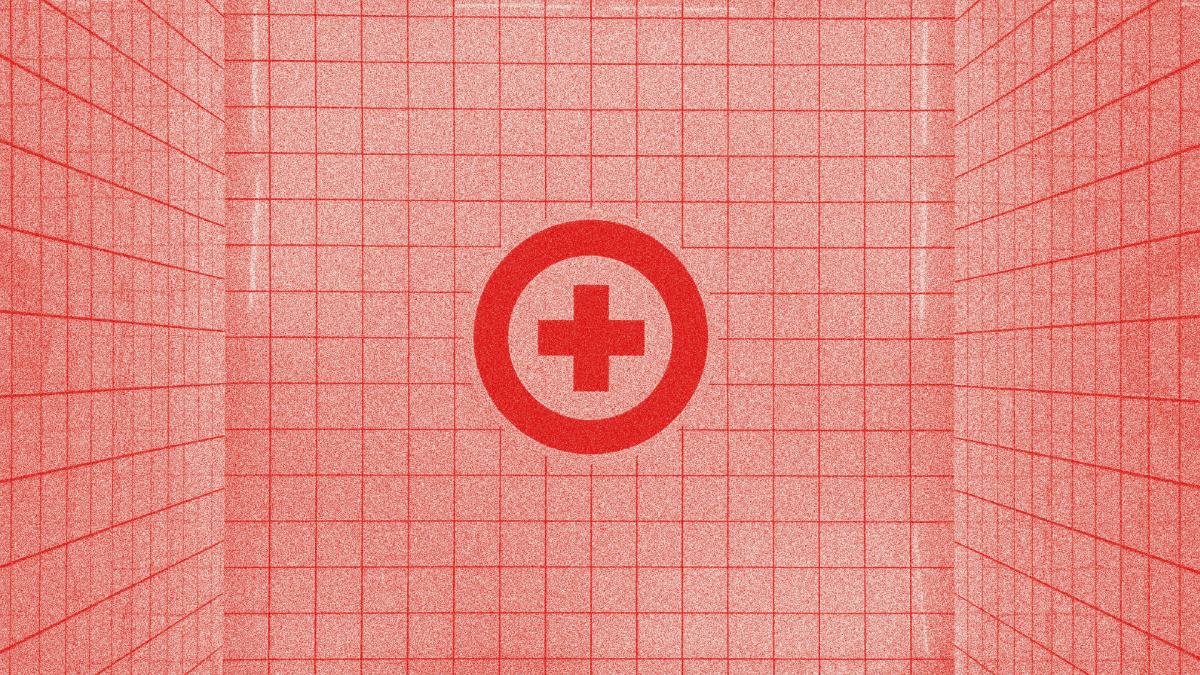Healthcare is harder to access in rural areas. Although a smaller percentage of Americans live in rural places, they usually require more medical attention. This is due to older populations needing frequent tests. Rural residents are also at a greater risk for smoking, high blood pressure and obesity. As for mental health concerns, suicide is on the rise.
Even in urban areas, a city’s functionality has health implications. Urban populations struggle with various health issues, including chronic diseases, mental health issues, infectious diseases and environmental health issues like pollution or poor housing. Although these opposite communities have contrary health concerns, HB152 creates roadblocks for urban, rural and native communities. We must push for the revision of this bill to ensure all communities aren’t harmed.
Rural and Native Communities Hit Hard
HB152’s focus is to establish a framework for satellite emergency departments (SEDs) and the limits therein.
An SED is defined as a satellite operation that provides emergency and critical care. Essentially, an SED is a healthcare facility licensed under a parent hospital. An SED is always physically separated from the parent hospital, outside the main hospital’s bonds.
This bill presents more issues that rural communities are used to. Rural communities already have a harder time getting quality healthcare. This is primarily because rural hospitals experience more closures. Even hospitals that decide to stay open have fewer providers.
HB152’s line 51 explicitly states that the requirements for proper physicians and equipment are only to be applied to counties of “the first and second class.” According to the Utah Legislature, first and second-class counties have a population of at least 175,000. Essentially, HB152 does not apply all the benefits mentioned to rural communities. These communities have nothing to gain from this bill, which further disadvantages them compared to urban communities.
One of the most vulnerable groups of rural communities in Utah is Native Americans. The poverty rate for Native Americans in Utah is at a staggering 27.08% as of 2019. There are only two Indian Health Service (IHS) locations across the entire state. IHS locations are federal agencies that provide healthcare to Native Americans. There is a clear disservice being performed to Utah’s Native population. Limiting positive changes for only urban communities hurts Native Americans in Utah.
Unexpected Costs
In rural communities, another barrier to quality healthcare is medical insurance. Rural communities host fewer families with medical insurance. This makes it difficult for rural populations to afford medical procedures. SEDs especially will expect cost rises with new standards of technology.
The average out-of-pocket cost with no health insurance for a moderate to severe ER visit in Utah is $2,581. This cost is incredibly difficult to overcome with Utah’s average rural income at $62,738, as of 2021. Even in urban communities like Salt Lake City, the average income is $61,766.
The current cost of living in Utah is $42,653. In that same report, they estimated the average per-capita cost of healthcare in Utah to be $5,735. With an out-of-pocket cost of $2,581 for ERs and SEDs, health becomes a major issue for finances.
The average out-of-pocket cost of an ER and SED visit will only rise. While hospitals are responsible for the bill when buying or upgrading equipment, they have the agency to charge patients more for their services. This hurts patients the most because they have more to lose than large hospital organizations.
By the Book
HB152 requires certain machinery to be presented within each SED. This equipment includes usual standards like CT scanners, x-rays and a clinical lab to test and analyze on-site samples. It also requires certain staff, like one licensed physician, two registered nurses and one certified medical laboratory scientist.
Other positive implications from this bill require SEDs to use clear signage with words like “EMERGENCY” and “ER.” However, one concern is the limits on the number of SEDs a hospital emergency department is permitted to use. Lines 102-103 require a licensed hospital emergency department to be limited to one satellite emergency department operating under the parent license.
The only exception to this limitation is large health organizations. Large health organizations with multiple licensed hospital emergency departments are permitted to host four SEDs. The organization’s total number of SEDs can’t exceed the number of licensed hospital emergency departments statewide.
Good Principles, Bad Actions
The most valuable effort made through HB152 is prioritizing standards of care. Requiring CT scanning machines, x-rays and clinical labs standardizes the bare minimum for SEDs. Having these resources will greatly aid SEDs in solving certain health problems with local resources, rather than depending on the parent hospital.
Another method of standardization in this legislation is regulating the minimum staff requirements. It seems the goal of this regulation is to distribute equal numbers of medical staff across different hospitals, which is a good principle.
While these two main positive changes lay good groundwork for homogenizing healthcare standards, HB152 has the potential to harm multiple populations. It’s imperative to ensure all people can have a voice in their healthcare.
Improving Healthcare For All
While HB152 has promising motives, it doesn’t do enough to help rural and Native American communities that aren’t receiving enough support. Even urban communities will feel the impact of the higher costs of treatments and emergency visits. HB152 might be primarily concerned with SEDs, but the carelessness towards these two communities sheds light on a larger issue in Utah’s healthcare systems.
To ensure quality statewide healthcare, the Utah Legislature must consider the costs for patients as well as neglected citizens. Rural, urban and Native communities must fight to rework HB152 to better fit their needs.


